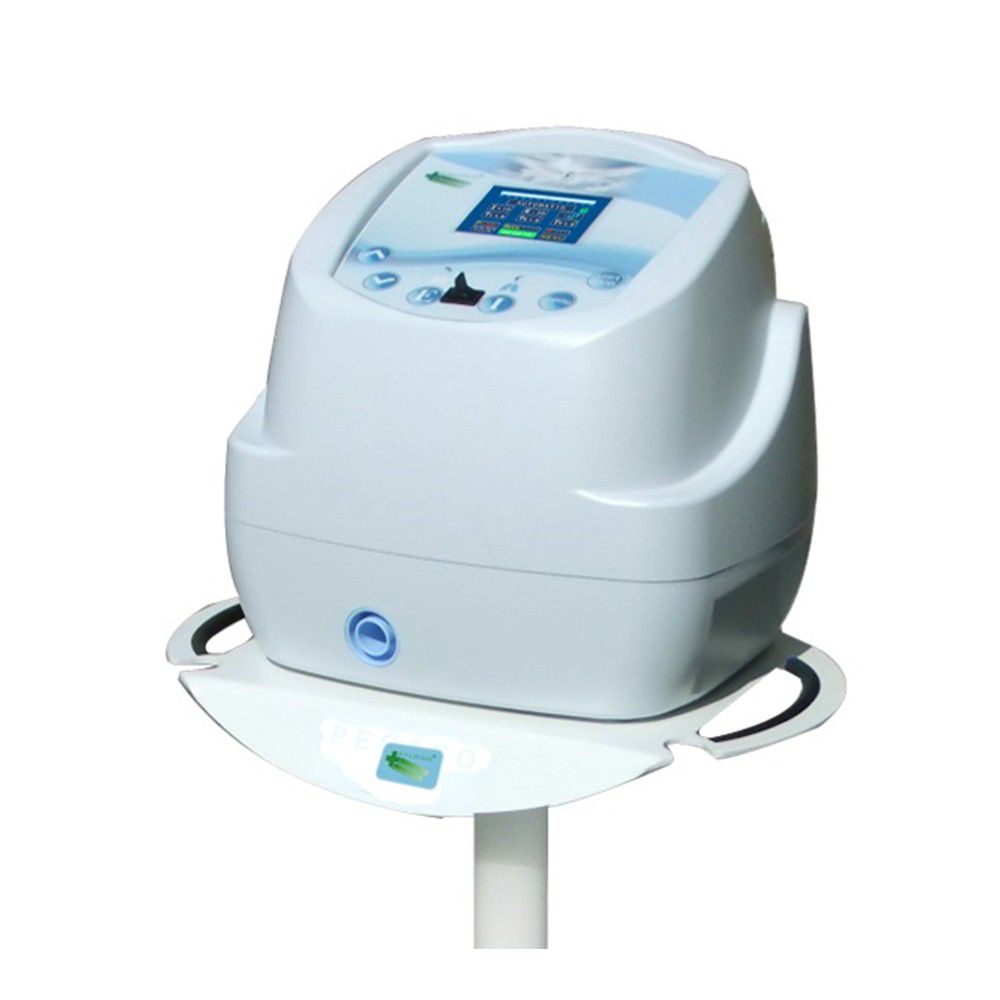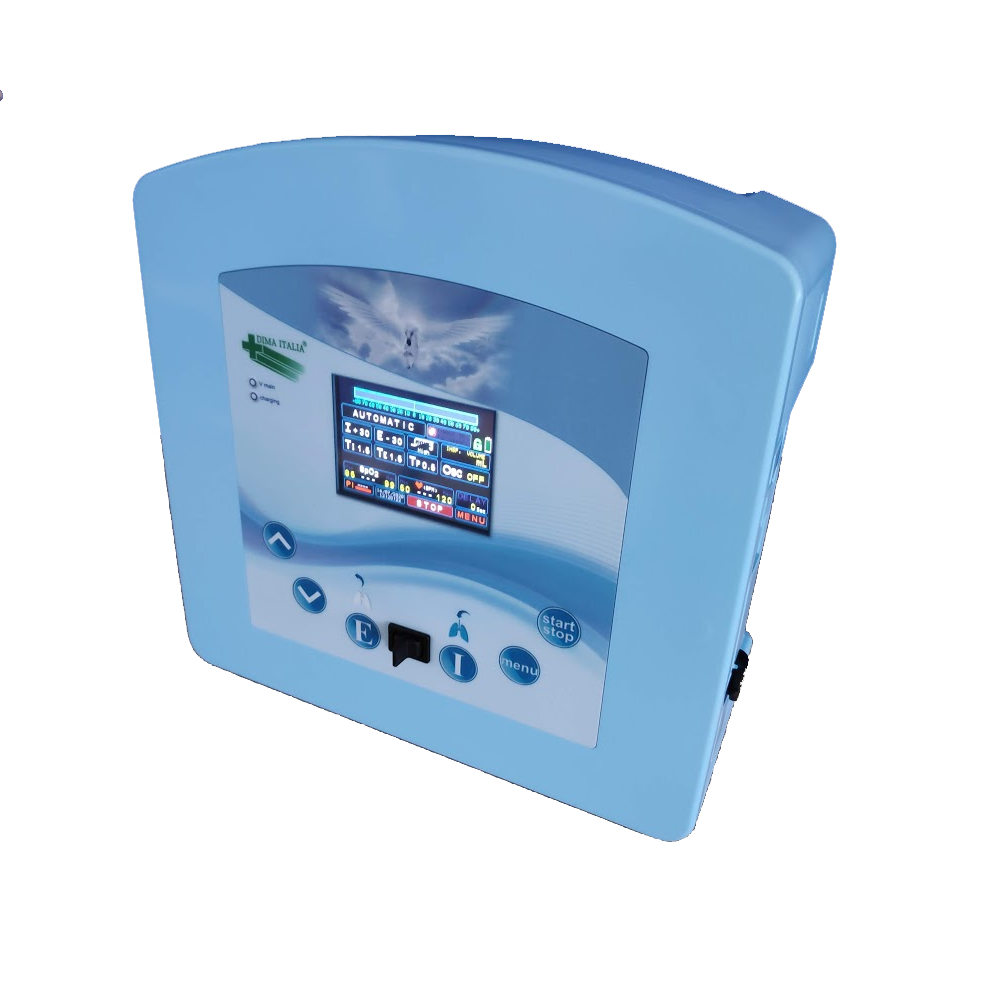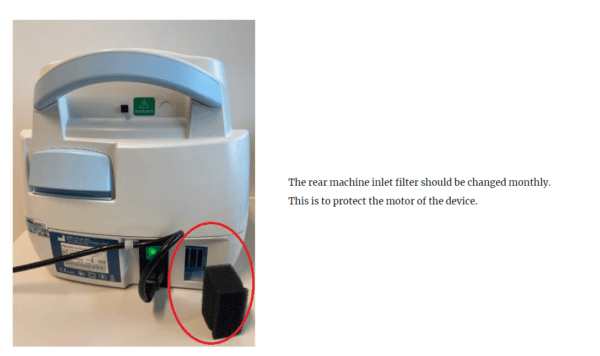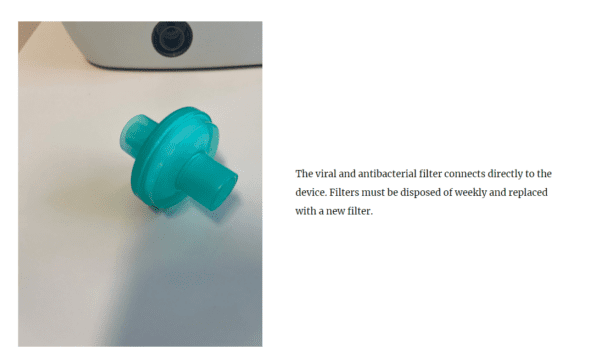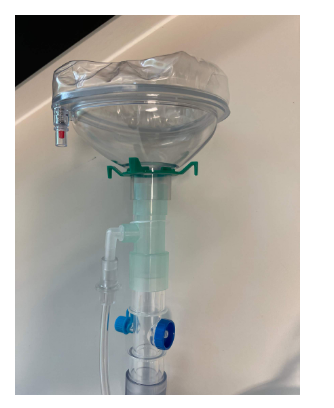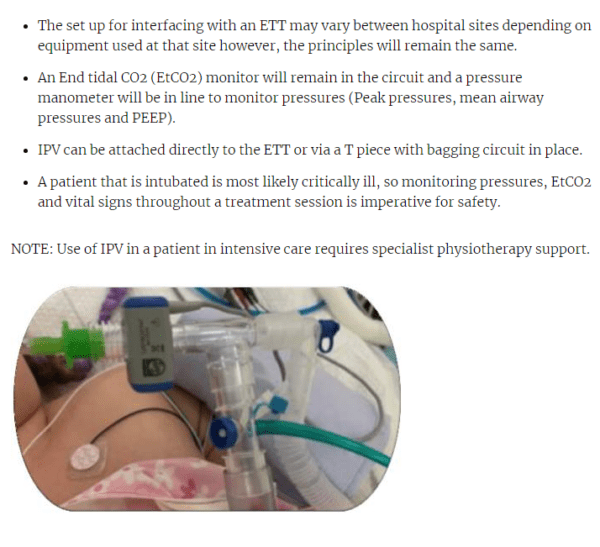About
are intended for home and hospital use. the Pegaso A-Cough and Pegaso Plus are used for IPV and cough assistance therapy. Both devices are available for purchase, hire, or as part of an NDIS plan.
PEGASO RENTAL REQUEST NDIS QUOTE REQUESTConditions that may benefit from IPV and/or Assisted Cough include:
- Muscular Dystrophy (DMD, MD)
- Motor Neurons Disease (MND)
- Cerebral Palsy
- Cystic Fibrosis
- Spinal Muscular Atrophy (SMA)
- Spinal Cord Injury
- Traumatic Brain Injury (TBI)
- Polio
- Amyotrophic Lateral Sclerosis(ALS)
- Myasthenia Gravis
- Chronic Obstructive Pulmonary Disease (COPD).
Pegaso has a range of modes to help remove mucus from the lungs.
IPV (Interpulmonary Percussive Ventilation) Mode – Percussion
Patients generally use the device for 2-5min as part of their physio program to move mucus from the lung periphery to the larger airways where it can be coughed out. This cough can either be with their own effort or by using an Assisted Cough. Assisted Cough on its own is generally only effective in moving mucus from the first 5-6 branches of the lungs, this is where IPV can be helpful in moving mucus into these branches to allow for clearance.
Pegaso unique IPV mode has a variable I:E (inspiratory to expiratory) ratio, to modify the percussive impact. The IPV mode may also provide respiratory support through high-frequency ventilation to enable ventilator-dependent patients to remain oxygenated during treatment.
Cough Assist – 4 Modes
Cough assistance therapy is essential for individuals with ineffective coughs, as it helps mobilise and eliminate broncho-pulmonary secretions from the larger airways. The Pegaso may also be used as an exsufflator as part of Respiratory Physiotherapy.
- Auto-Sync – Synchronises every insufflation with the patient’s inspiratory effort.
- Manual Cough Assistant – Allows manual control of the in/exsufflation cycles.
- Automatic Cough Assistant – Generates in/exsufflation cycles automatically with the clinician-set therapy times.
- Easy-Start – Synchronises the first insufflation cycle with the patient’s effort and continues following cycles in automatic mode.
Pegaso A-Cough
Designed for hospital use, the Pegaso A-Cough is suitable for IPV and cough assistance therapy for neonates, paediatrics, and adults
Device specifications:
- IPV mode
- Pressures up to 70cmH20,
- Frequency 10-600 BPM,
- IE Ratio 1:5 – 5:1
- Four different cough assistant modes:
- Automatic, Manual, Auto Sync, EasyStart
- Pressure up to 70cmH20 with extremely powerful flows for highly effective cough assist therapy
- Three different rise times
- Display of inspired volumes and peak inspiratory flow
- Oscillatory function during cough assistance therapy
- Storage of 200 therapies in internal memory
- Weight 4.4kg
- TGA registered
- Optional SpO2 monitoring directly from the display screen to help monitor lung perfusion and therapy efficacy
- Optional device trolley.
Pegaso Plus Cough
A compact version of the Pegaso A-Cough, the Pegaso Plus Cough is designed for home use while still offering full functionality and an internal battery.
Device specifications:
- IPV mode
- Pressures up to 70cmH20,
- Frequency 10-600 BPM,
- IE Ratio 1:5 – 5:1
- Four different cough assistant modes:
- Automatic, Manual, AutoSync, EasyStart
- Pressure up to 70cmH2O with extremely powerful flows for highly effective cough assist therapy
- Three different rise times
- Trigger sensitivity regulation (9 levels) for the auto-adaptive modes (AutoSync, EasyStart)
- Display of inspired volumes and peak inspiratory flow
- Oscillatory function during cough assistance therapy
- Live and recorded waveforms to help titrate Assisted Cough settings
- Mode or setting lock feature in the patient or carer menus
- Optional SpO2 monitoring directly from the display screen to help monitor lung perfusion and therapy efficacy
- Storage of 200 therapies in internal memory
- Weight 3.2kg
- TGA registered
- Included internal battery with approximately 3 hours capacity
- Optional device trolley.
Servicing
Service/performance verification battery change every 2 years.
To schedule a service for our device complete the form here and BMedical will be in touch to organise your service.
SERVICE AND WARRANTY FORM